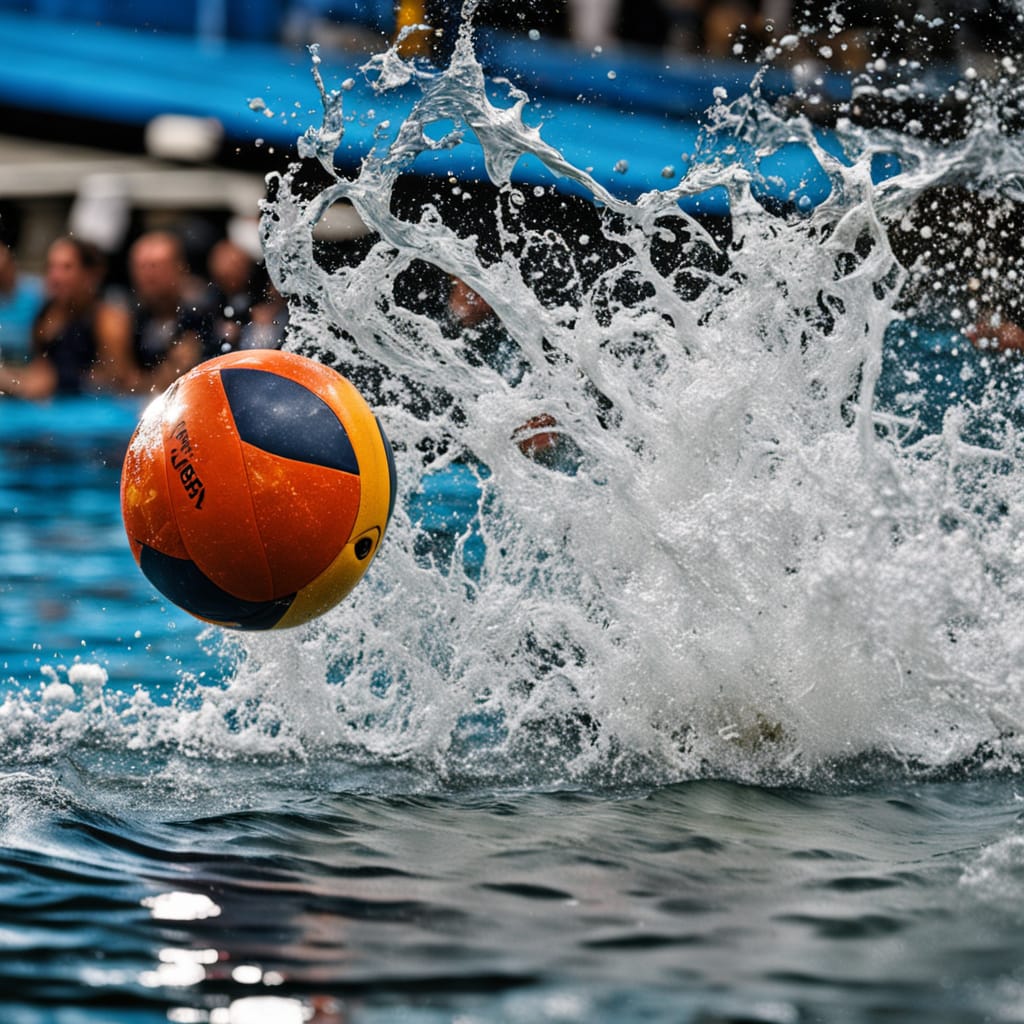The Exciting Sport of Biribol: A Deep Dive into Its Origins, Growth, and Global Influence

Introduction
Biribol is a unique and fast-paced sport played in a swimming pool. Originating in Brazil, it combines elements of volleyball and water polo. This aquatic sport has gained attention for its dynamic gameplay and accessibility. Although it is less known globally than traditional volleyball, its popularity has been steadily increasing. Schools, amateur leagues, and professional circuits continue to develop, bringing new players into the game. Biribol offers social and political significance, shaping community interactions and fostering inclusivity.
The Origin and History of Biribol
The sport was invented in the 1960s by Dario Miguel Pedro in Brazil. It was initially designed as a water-based alternative to volleyball. Pedro wanted to create a game that could be played in small swimming pools. The first official rules were established in the city of Birigui, where the sport got its name.
Biribol was originally introduced as a recreational activity. Over time, it gained recognition as a competitive sport. The first tournaments were held in local clubs and community pools. As interest grew, national governing bodies started overseeing competitions. By the late 20th century, Biribol had become a structured sport with official leagues and championships.
The Popularity of Biribol Worldwide
While it remains most popular in Brazil, it has started to gain recognition internationally. Countries with strong aquatic sports traditions, such as Argentina and Italy, have shown interest. The sport has also seen limited adoption in North America, particularly in regions with a strong volleyball culture.
Efforts to promote Biribol worldwide have been increasing. International tournaments and exhibitions have introduced new audiences to the game. Social media and online platforms have also helped spread awareness. Though not yet an Olympic sport, discussions continue about its potential inclusion in future competitions.
Amateur Biribol: Schools and Youth Involvement
Many schools in Brazil incorporate Biribol into their physical education programs. The sport offers a low-impact alternative to land-based activities, making it ideal for young athletes. Youth leagues have been established, allowing children to compete in structured settings.
Outside Brazil, efforts are being made to introduce Biribol in schools. Some universities with strong aquatic sports programs have begun experimenting with it. International student organizations promote the game through exhibitions and friendly matches. Youth camps and summer programs also use Biribol as a fun and engaging activity.
Professional Biribol Leagues
Brazil has the most developed professional Biribol leagues. The sport is governed by organizations such as the Brazilian Biribol Confederation. National championships attract skilled players from different regions.
Efforts to create professional leagues outside Brazil have faced challenges. However, clubs in Argentina and Italy have started hosting semi-professional tournaments. Discussions are ongoing about creating an international governing body. Expansion efforts continue to focus on building competitive circuits in new regions.
Political and Social Significance of Biribol
Biribol plays a role in promoting social inclusion. The sport requires minimal physical contact, making it accessible to people of all fitness levels. Many community programs use it as a tool to encourage physical activity.
Politically, Biribol has been used to promote diplomatic ties. International exhibitions foster cultural exchanges between nations. Some organizations use the sport to promote water safety awareness. Public pools and recreational centers also benefit from increased engagement due to the sport.
Rules and Gameplay of Biribol
Biribol follows rules similar to volleyball but has distinct differences. The game is played in a deep swimming pool, usually measuring 8m x 4m. The net is placed at a height of 2.62 meters for men and 2.40 meters for women.
Each team consists of four players. Unlike traditional volleyball, jumping is not allowed. Players must rely on arm strength and agility to execute shots. The ball can only be hit with an open hand. Teams score points by successfully landing the ball in the opponent’s area.
Matches are played in best-of-three or best-of-five sets. A set is won when a team reaches 21 points with a two-point lead. Serves must be performed with an underhand motion. Blocking is allowed, but attackers must strike the ball cleanly without carrying it.
Fouls occur when players touch the net, use improper hits, or fail to return the ball within three touches. Due to the water resistance, endurance and technique play crucial roles in successful gameplay.
Conclusion
Biribol is an exciting and rapidly growing sport. Its roots in Brazil continue to shape its identity. Although it has yet to reach mainstream global popularity, its potential is undeniable. Amateur and professional leagues are expanding, bringing new opportunities for players worldwide. The sport’s social and political significance adds another layer of importance. With continued promotion, Biribol may soon gain the recognition it deserves.




